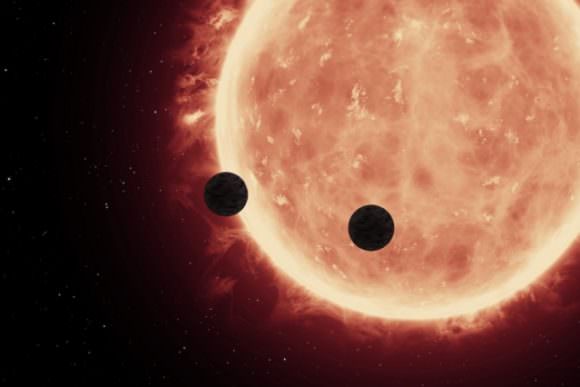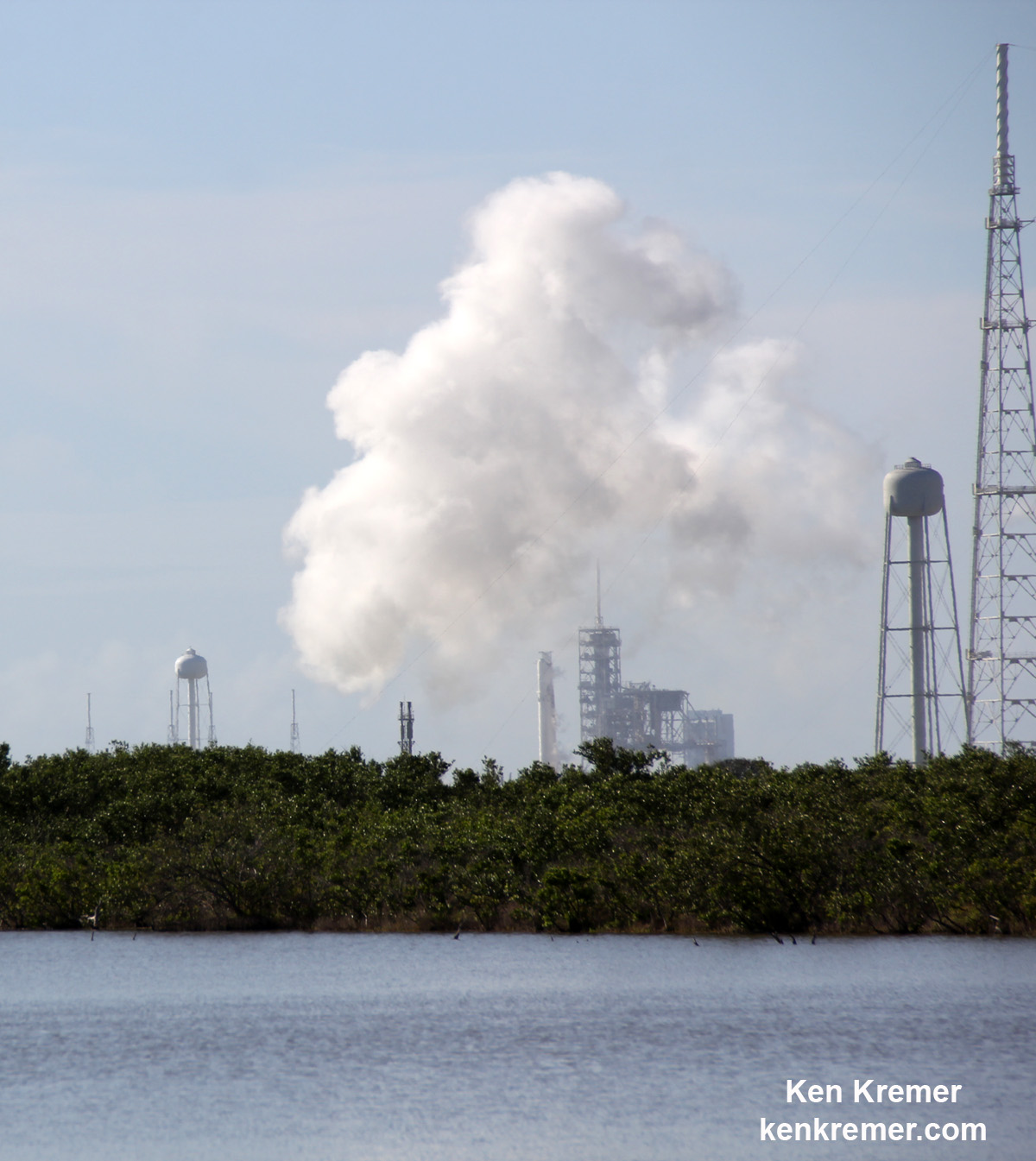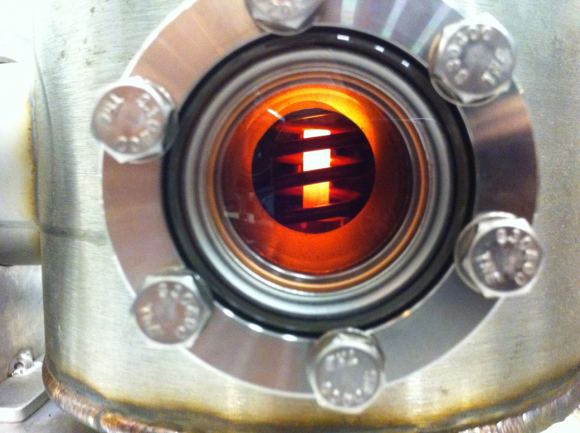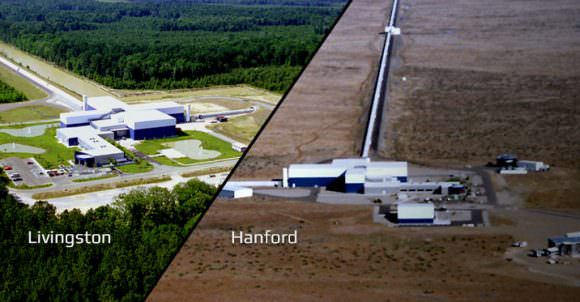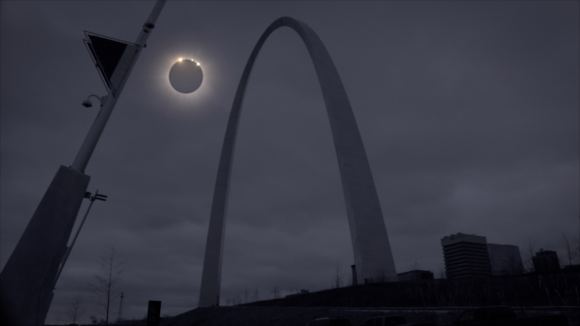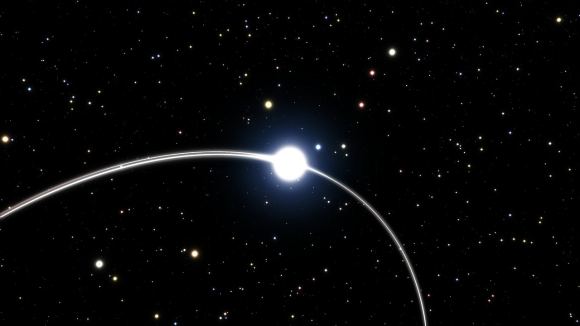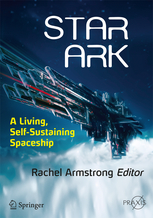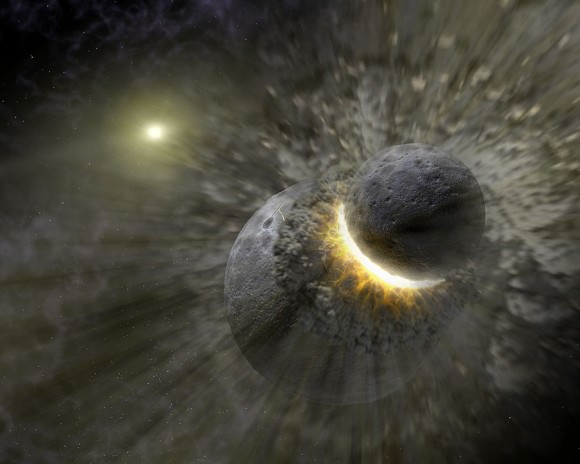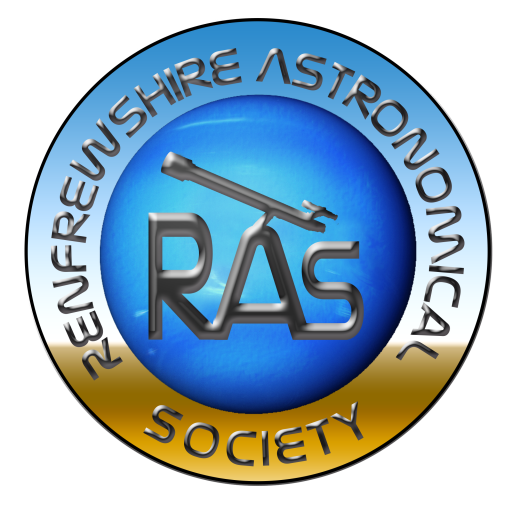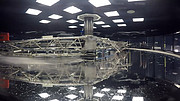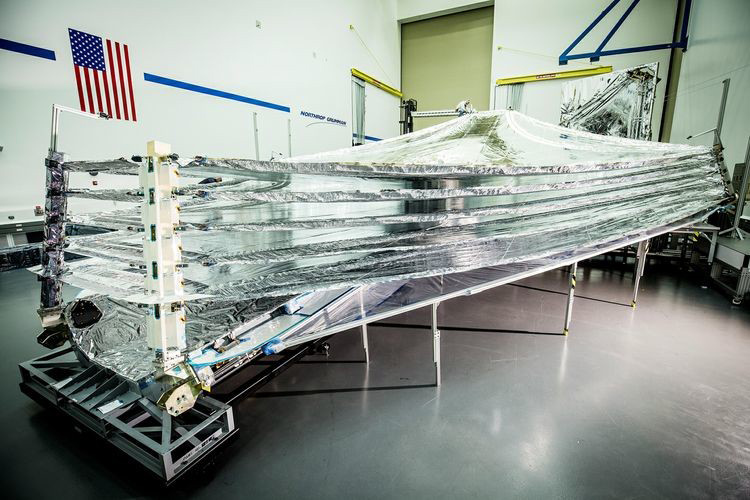Scientists Discover TRAPPIST-1 is Older Than Our Solar System
Scientists Discover TRAPPIST-1 is Older Than Our Solar System In February of 2017, a team of European astronomers announced the discovery of a seven-planet system orbiting the nearby star TRAPPIST-1. Aside from the fact that all seven planets were rocky, there was the added bonus of three of them orbiting within TRAPPIST-1’s habitable zone. As such, multiple studies have been conducted that have sought to determine whether or not any planets in the system could be habitable. When it comes to habitability studies, one of the key factors to consider is the age of the star system. Basically, young stars have a tendency to flareRead More →
